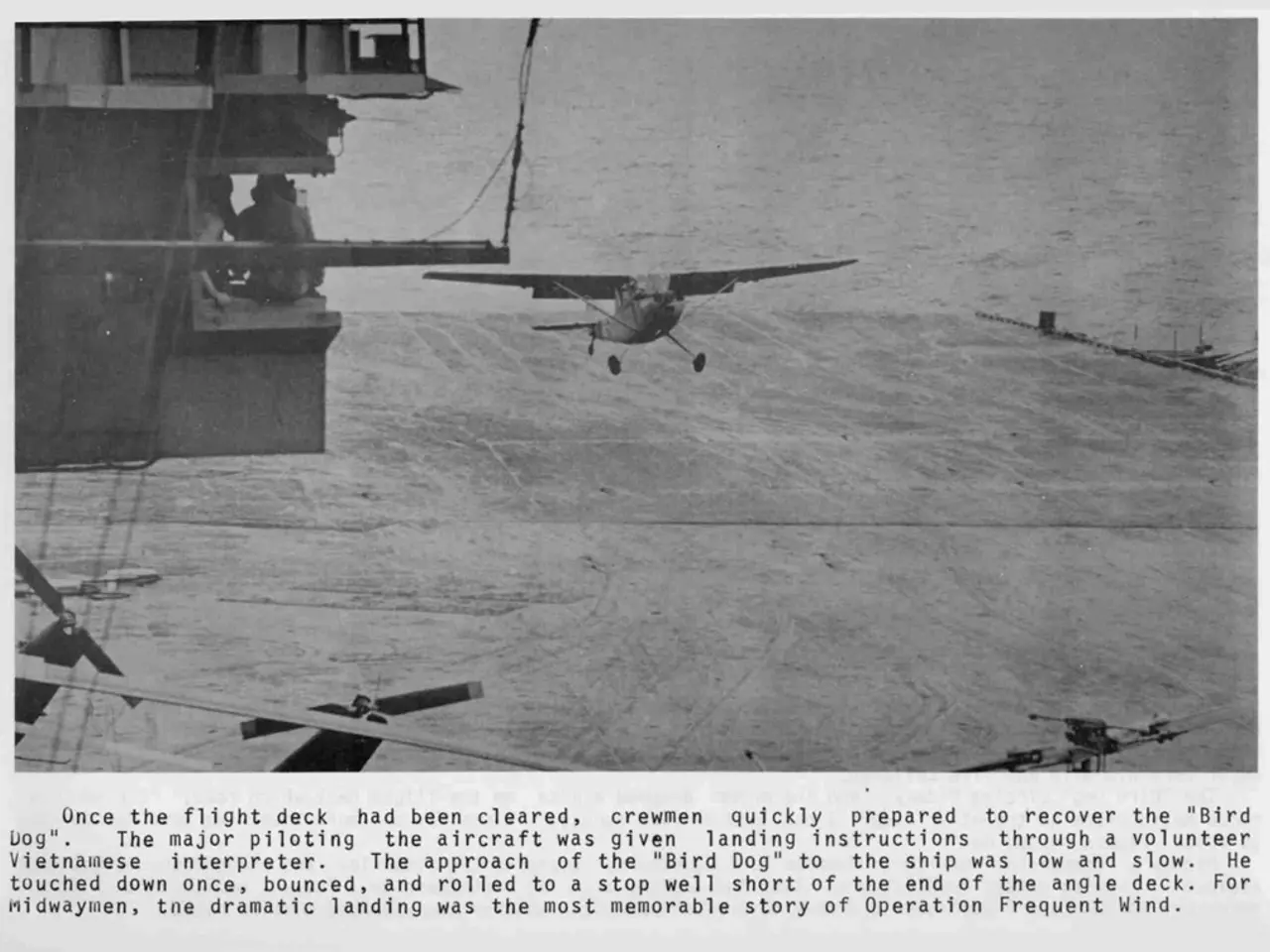Training Resources for Aviation: Reference Guides (FAA PHAK, FAR/AIM, Various Documents)
In the world of aviation, staying updated with the latest regulations, technologies, and best practices is essential for pilots. One of the most important resources for pilots of all levels is the Pilot's Handbook of Aeronautical Knowledge, recently updated to its 2023 edition.
The 2023 edition of the Pilot's Handbook of Aeronautical Knowledge reflects changes in FAA regulations, airspace rules, and pilot certification requirements since the 2016 edition. The handbook has been modernized to include updated information on new technologies such as the expanded use of GPS, electronic flight bags (EFBs), advanced avionics, and automation in the cockpit, aligning with FAA initiatives to modernize pilot training and operations.
Moreover, the 2023 edition offers enhanced full-color diagrams and clearer illustrations to better visualize concepts like aerodynamics, meteorology, navigation, and risk management. The handbook places greater focus on decision-making, safety culture, and risk management practices, reflecting ongoing FAA safety priorities. With revisions in Part 141 pilot school regulations and training methods, the handbook includes newer guidance on flight training curriculum and pilot fitness.
For pilots who are preparing for their instrument rating test, the Instrument Flying Handbook(FAA-H-8083-15B) is also available in its updated 2023 edition. This comprehensive guide covers topics like instrument navigation, instrument flight techniques, airspace, and weather interpretation.
Additionally, various other resources are available to assist pilots in their studies and daily operations. The Airplane Flying Handbook, Aviation Weather Handbook, Radio Communications Phraseology and Techniques, and Weight and Balance Handbook are all essential guides for learning to fly airplanes, understanding weather, and managing aircraft weight and balance.
Non-towered Airport Flight Operations, a collection of best practices when flying at non-towered airports, covers procedures for communication, traffic pattern operations, and collision avoidance. For pilots who need guidance on communicating clearly with Air Traffic Control (ATC), a short guide is available, offering tips on radio techniques, ATC procedures, and radio emergencies.
The Aeronautical Chart Users' Guide serves as an introduction and reference guide for aeronautical charts, covering symbols, airspace, and navigation aids for both Visual Flight Rules (VFR) and Instrument Flight Rules (IFR) charts.
For those who wish to fly small aircraft without a current medical certificate, the document "Alternative Pilot Physical Examination and Education Requirements (BasicMed)(AC 68-1)" explains the requirements for using BasicMed.
In conclusion, the 2023 edition of the Pilot's Handbook of Aeronautical Knowledge offers a more current and comprehensive guide for pilots, reflecting the evolving nature of aviation technology and regulatory requirements. For specific chapter-by-chapter differences, consulting the revision notes in the latest publication or FAA announcements would be necessary. The FAA website or official FAA publications repository would be the best sources for side-by-side version comparison for those seeking detailed content comparisons.
The 2023 edition of the Pilot's Handbook of Aeronautical Knowledge incorporates updated information on new technologies such as the use of GPS, electronic flight bags (EFBs), and automation in the cockpit, which could be crucial for both private and commercial pilots. Additionally, the Instrument Flying Handbook, recently released in its 2023 edition, provides in-depth guidance for pilots preparing for their instrument rating test, including topics like instrument navigation and weather interpretation.




